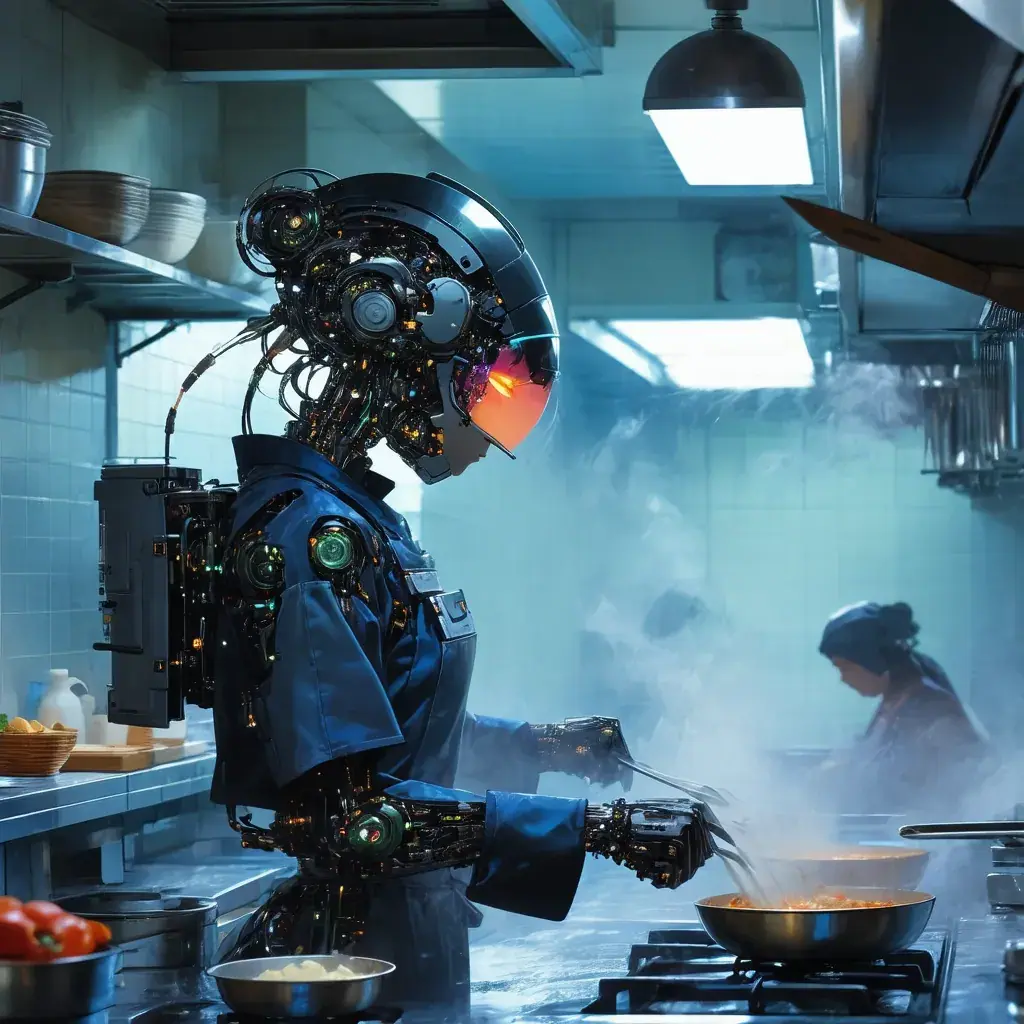A Surprising New Face in the Kitchen
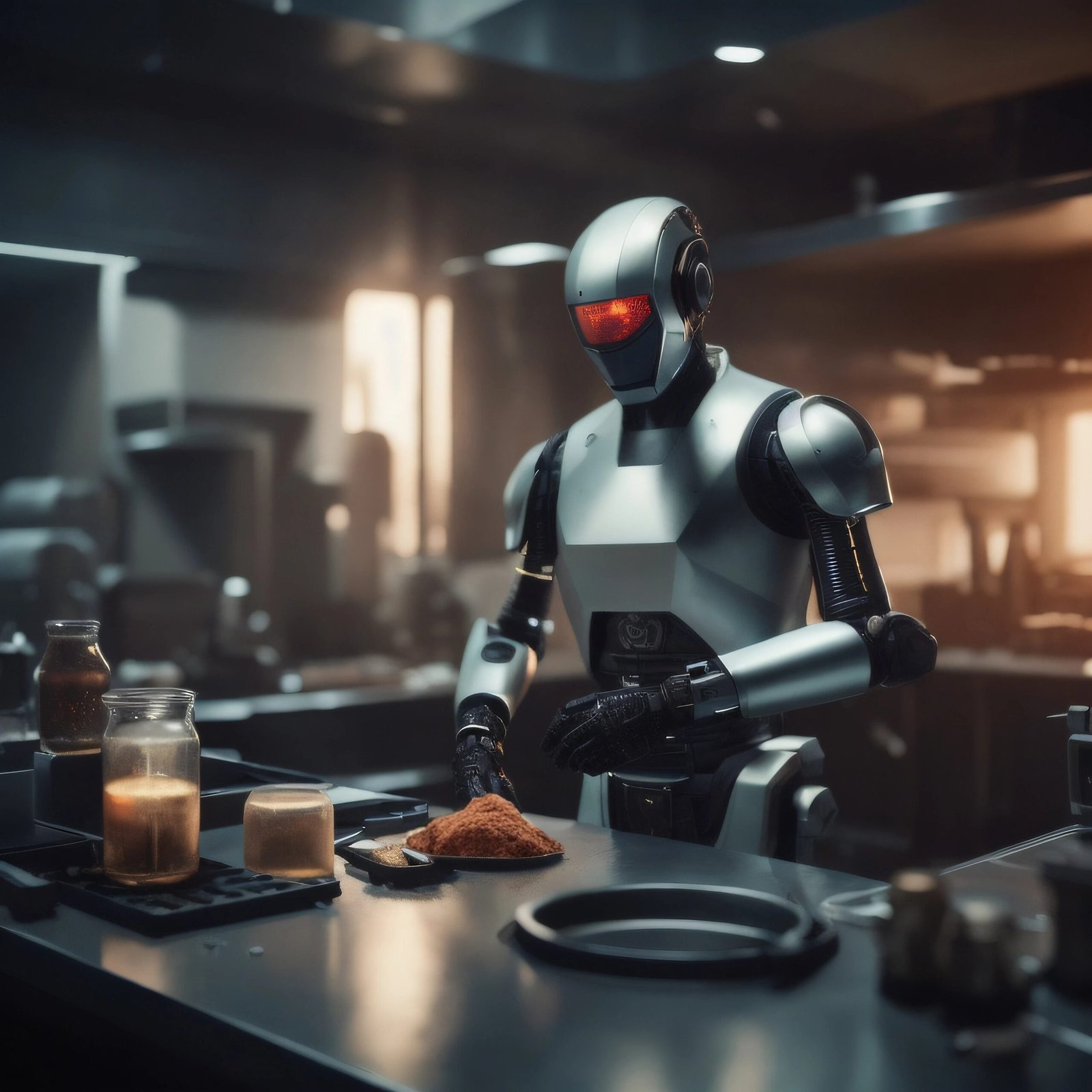
Imagine walking into your kitchen after a long day and being greeted not by a tired chef, but by a gleaming, precise robot chef ready to whip up your favorite meal. It sounds like something out of a sci-fi movie, but this technology is real, and it’s changing the way we eat. You might feel a mix of amazement and disbelief; after all, who would have guessed that a robot could soon rival your grandma’s famous lasagna? The idea of a machine bringing both consistency and a dash of culinary flair is both thrilling and a little unnerving. For many, the robot chef is a symbol of progress and a hint at a future where we might not need to lift a finger in the kitchen. But is it truly possible for a robot to cook a perfect meal every single time? Let’s take a closer look at how these mechanical marvels are turning kitchens upside down.
The Rise of the Robot Chef
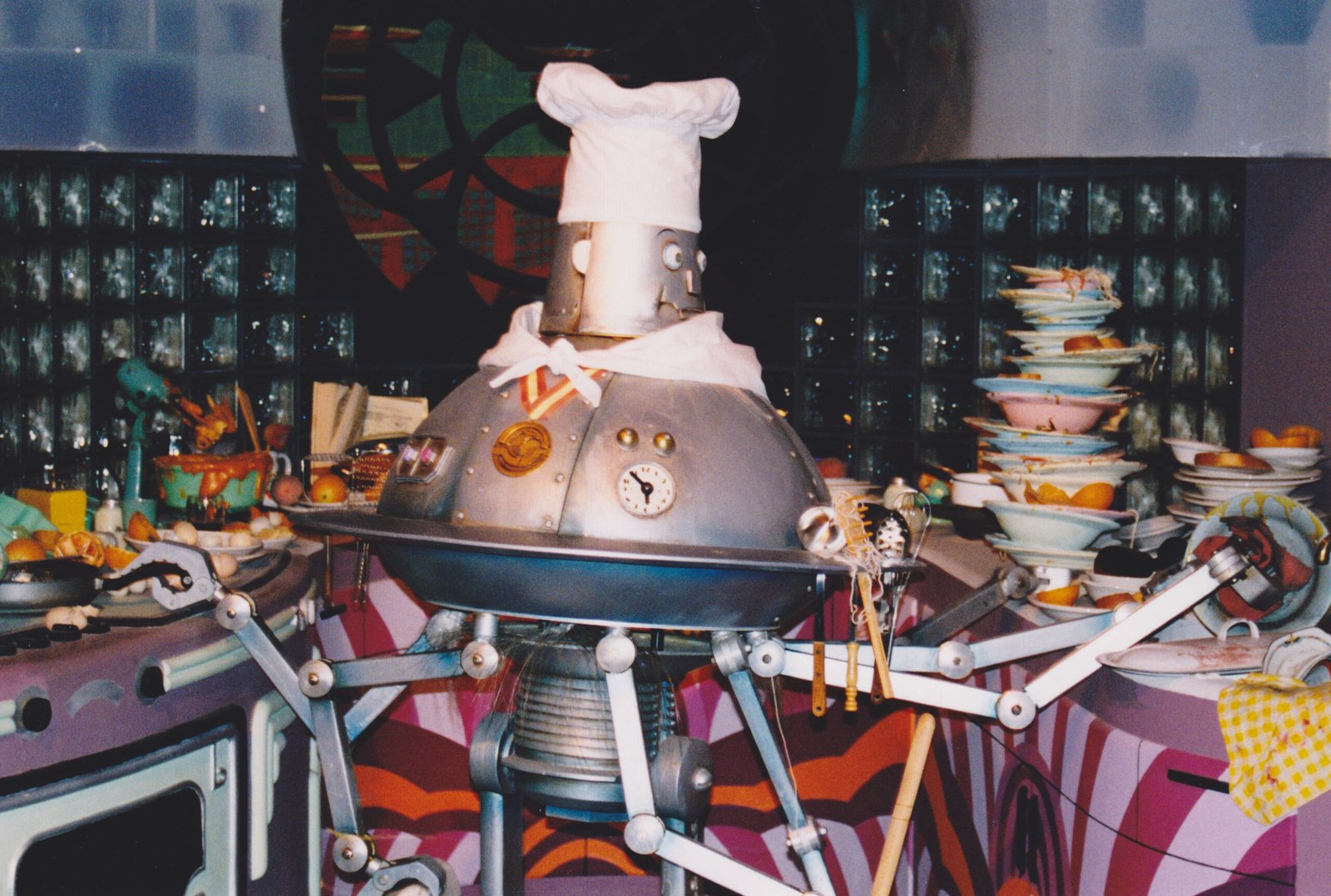
Robot chefs have quickly become the talk of the culinary world, blending technology and tradition in ways nobody expected. Their development is a response to a world that craves speed, precision, and something a little innovative at dinnertime. Unlike the robots of the past, these machines are designed to actually cook—not just reheat or assemble. They promise meals with the same level of excellence every time, no matter if it’s breakfast, lunch, or dinner. This is particularly appealing to busy families, restaurant owners, and anyone who’s ever burned toast. The excitement around these robot chefs is hard to ignore, as they’re not just gadgets—they’re the next evolution of home cooking.
How Does a Robot Chef Actually Work?
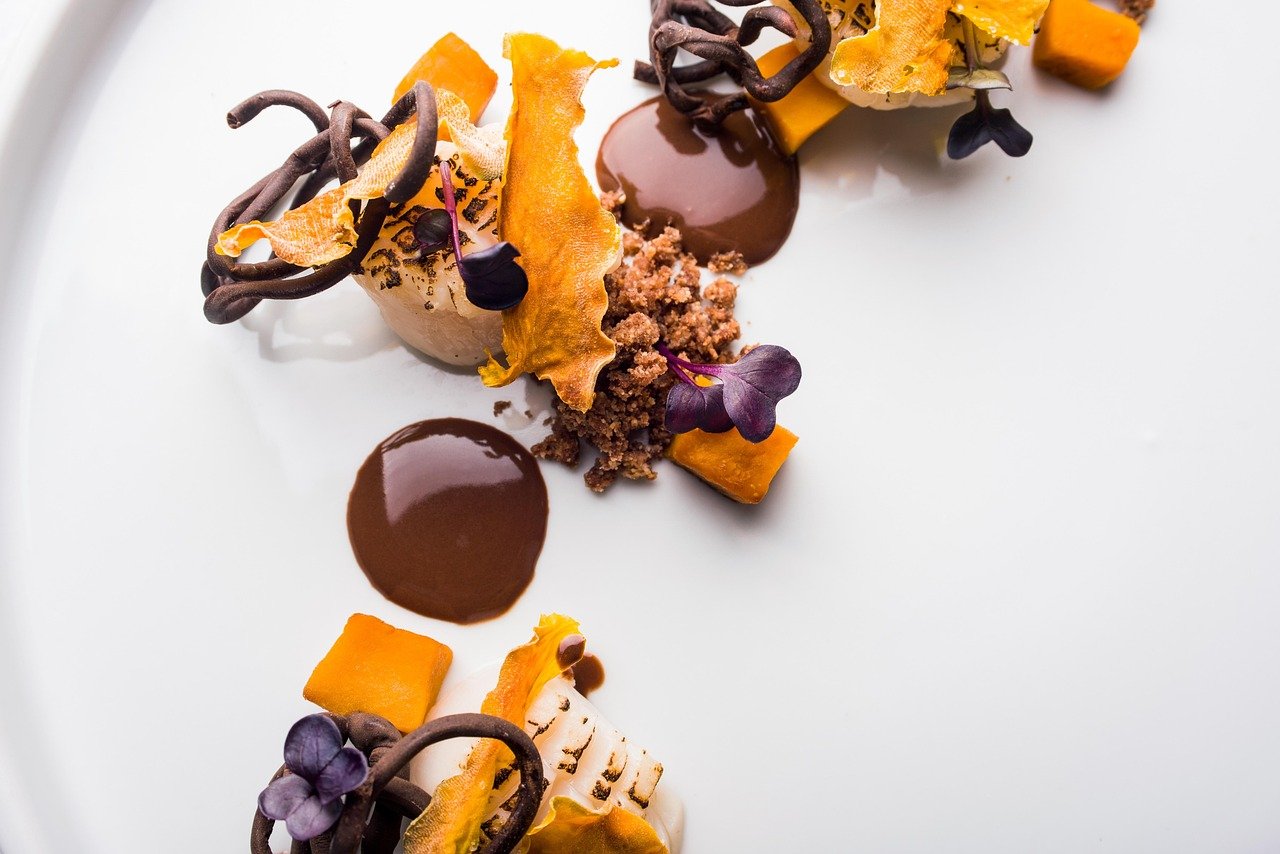
Robot chefs are far more complex than your average kitchen appliance. They use a combination of sensors, cameras, and artificial intelligence to analyze ingredients and follow recipes. Imagine a robot with ‘eyes’ that can recognize a tomato, and ‘hands’ that can slice it just right. These robots measure, mix, and cook with a level of precision that even the best human chefs sometimes miss. Many come equipped with machine learning, so the more you use them, the better they get at making your food the way you like it. Some even remember your spice preferences or how crispy you like your bacon. It’s like having a personal chef who never forgets your favorite meal.
The Unmatched Advantages of Robot Chefs
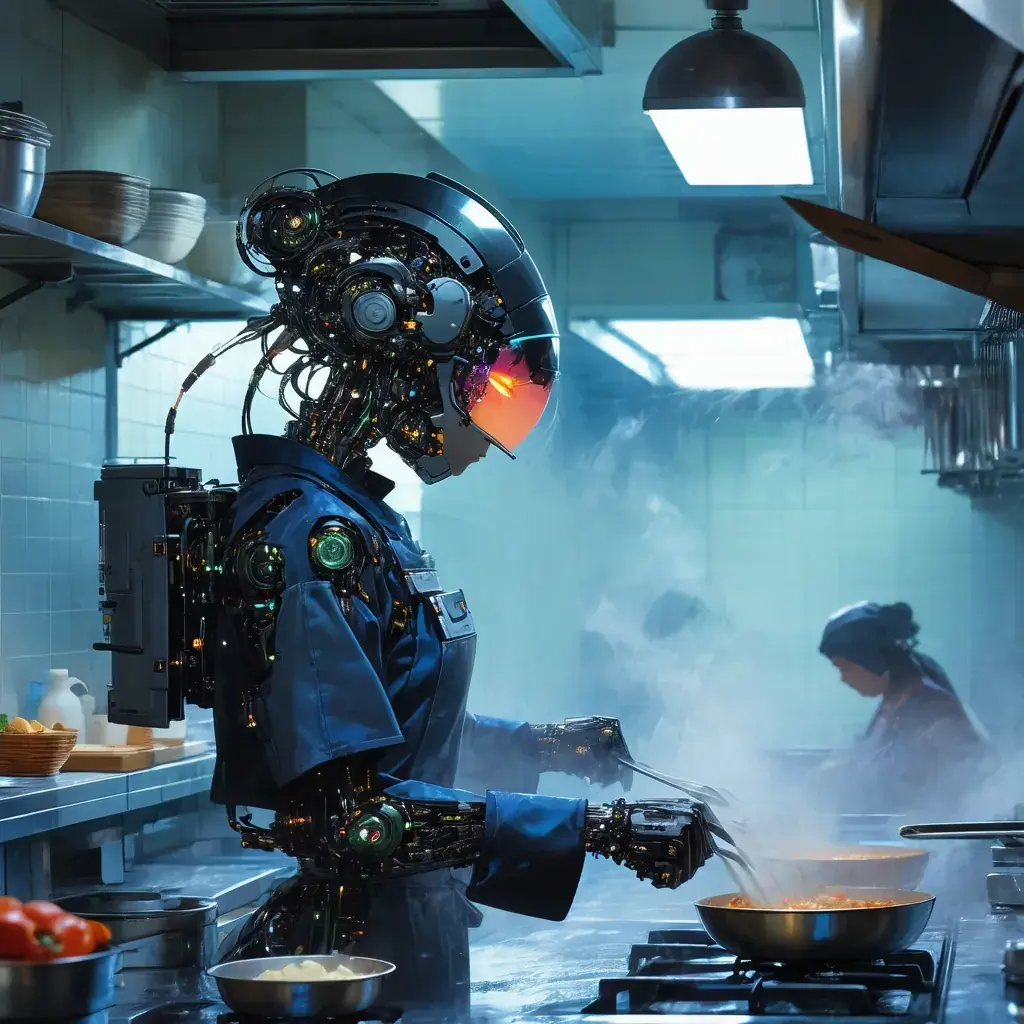
One of the biggest perks of having a robot chef is reliability. Unlike people, robots don’t have off days or moments of distraction. Every omelet comes out fluffy, every steak is just the right shade of pink inside. These machines can work tirelessly, making them perfect for restaurants and catering companies that need to serve hundreds of people quickly. Another benefit is the reduction in food waste—robot chefs aren’t prone to over-pouring or tossing in an extra spoonful by mistake. Their consistency means every ingredient is used just as it should be, which is both eco-friendly and budget-friendly.
Meet the Most Popular Robot Chefs
Some robot chefs are already making waves around the world. The Moley Robotic Kitchen stands out with its fully automated system that can cook thousands of recipes, all with the touch of a button. It even has robotic arms that mimic the movements of professional chefs. Then there’s Chef Robotics, focused on preparing customizable meals in busy commercial kitchens, making sure every salad or bowl is exactly as ordered. These models are proof that the age of the robot chef isn’t just coming—it’s already here, serving up meals in both high-end kitchens and fast-paced cafeterias.
The Power of AI in the Kitchen
Artificial intelligence is what gives robot chefs their ‘brains.’ AI allows these machines to scan and understand recipes from around the globe, adjust for dietary needs, and even invent new dishes based on what you have in the fridge. Imagine asking your robot chef to make something gluten-free, low-carb, or extra spicy—it can adjust on the fly. AI also helps the robot chef time everything perfectly, making sure nothing is undercooked or burnt. It’s like having a kitchen assistant who’s studied every cookbook ever written, and who never, ever forgets a step.
Personalization: Cooking Just for You
One of the most exciting aspects of robot chefs is their ability to personalize meals. They remember your likes and dislikes, your allergies, and even your favorite guilty pleasure foods. Want your eggs scrambled with just a touch of butter and a sprinkle of chives? No problem. Prefer your pasta al dente every time? The robot chef’s got you covered. This level of personalization means you get a meal that’s just right for you, every single time. It’s a little like having a friend who knows exactly how you like your coffee in the morning, only it never forgets.
Where Robot Chefs Shine: Consistency and Efficiency
Restaurants and catering companies are especially excited about robot chefs for one simple reason: consistency. In a busy kitchen, it’s easy for mistakes to happen—an overdone steak here, an undercooked veggie there. Robot chefs take away that uncertainty. They work at the same pace all day, never getting tired or distracted. This means the food quality never drops, no matter how busy it gets. For businesses, this translates to happier customers, fewer complaints, and a reputation for reliability.
Tackling the Toughest Culinary Challenges
Of course, robot chefs aren’t perfect. One major challenge is the cost—it takes a lot of money to develop, buy, and maintain these high-tech machines. That can put them out of reach for small restaurants or home cooks on a budget. There are also worries about what this technology means for jobs in the kitchen. As robots become more common, some fear that traditional chefs might be pushed out. And while robot chefs can follow recipes with incredible precision, they sometimes struggle with the creative flair or intuition that makes a human chef’s dish truly special.
Robot Chefs and the Human Touch
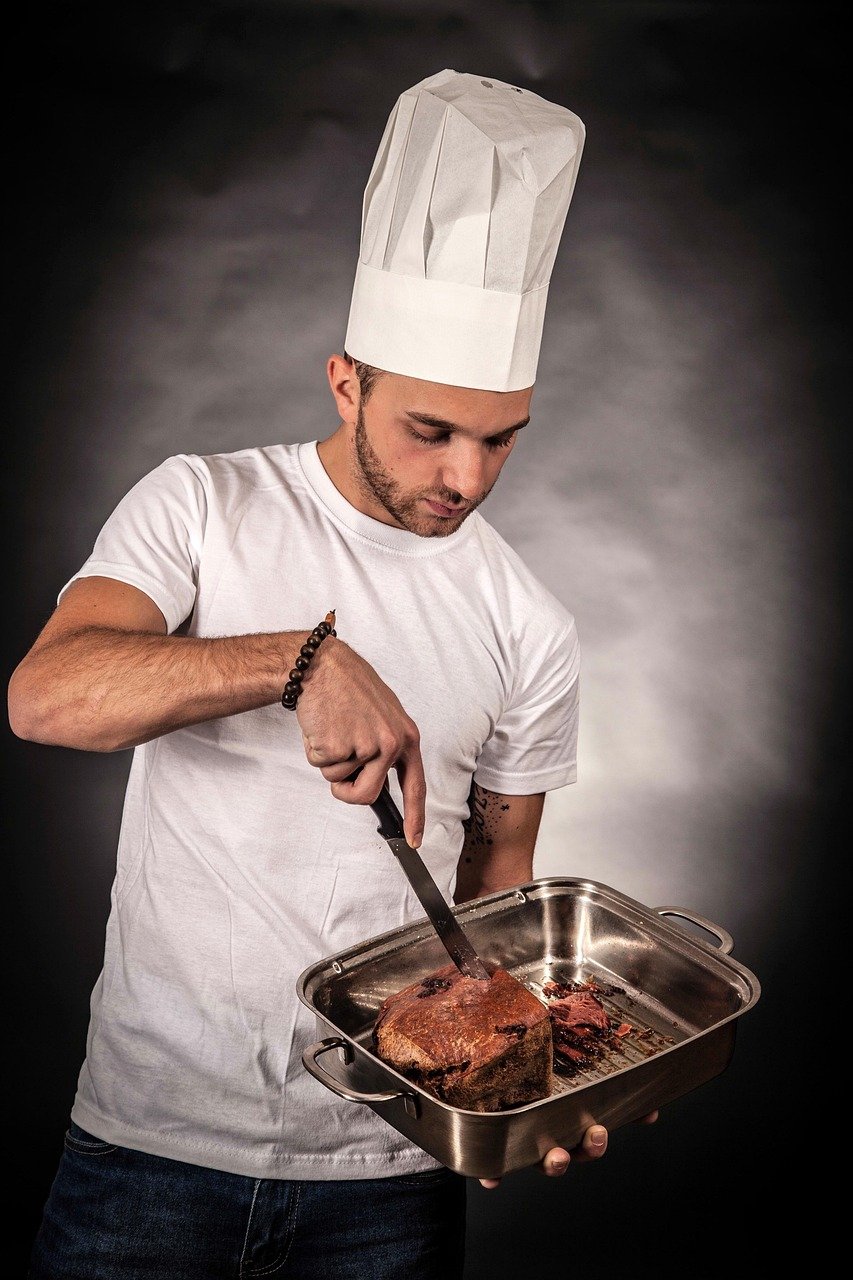
Some people wonder if a robot can ever really replace the heart and soul that a human chef brings to a meal. After all, cooking is about more than just following instructions—it’s about adding a pinch of this, a dash of that, and sometimes breaking the rules to create something new. While robot chefs are amazing at precision and repetition, they’re still learning the art of improvisation and invention. Many experts believe that the best kitchens of the future will combine the strengths of both robots and humans, with each bringing something unique to the table.
The Exciting Road Ahead for Robot Chefs
Looking ahead, the future for robot chefs is full of possibility. As technology gets better and prices drop, more people will be able to invite these culinary robots into their homes. The partnership of humans and robots in the kitchen could lead to innovative dishes, new dining experiences, and maybe even a fresh appreciation for the art of cooking. It’s not hard to imagine a future where everyone has their own robot chef, making perfect meals on demand, leaving us more time to enjoy the things—and people—we love.

